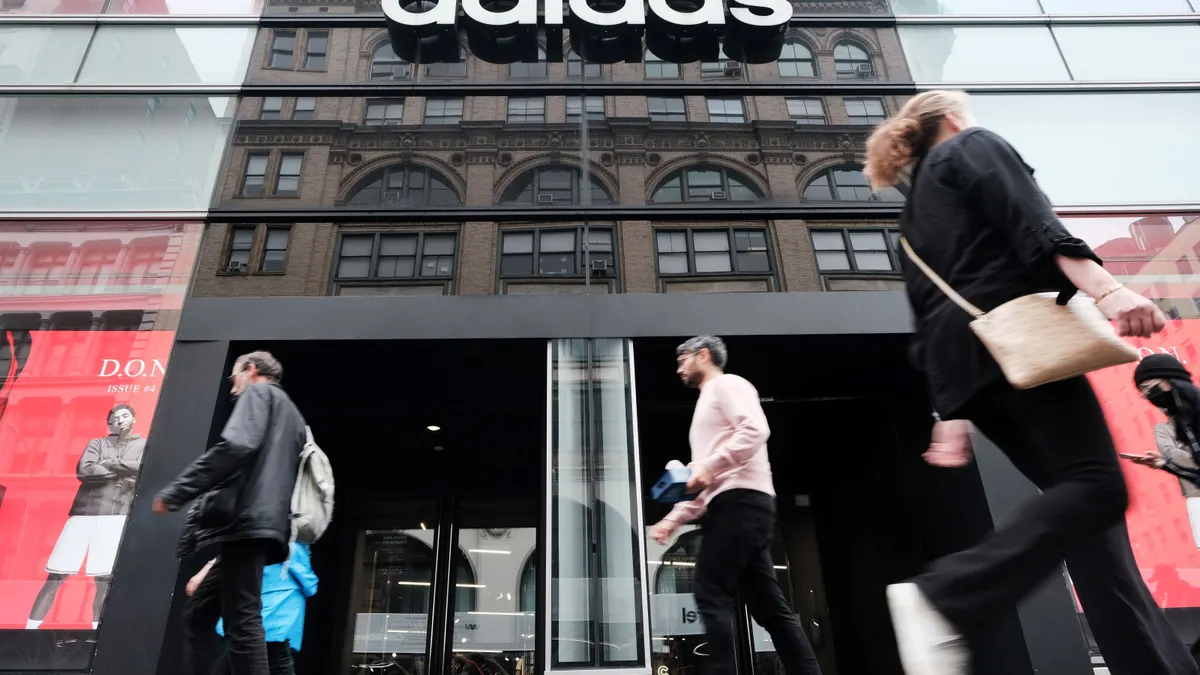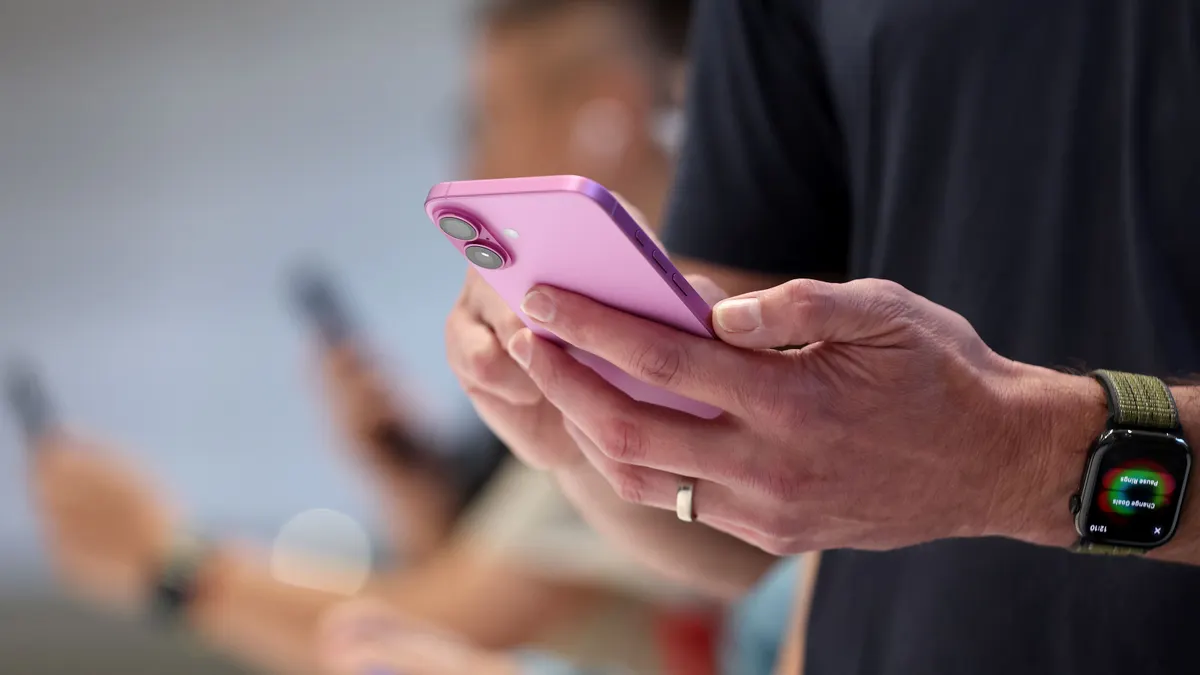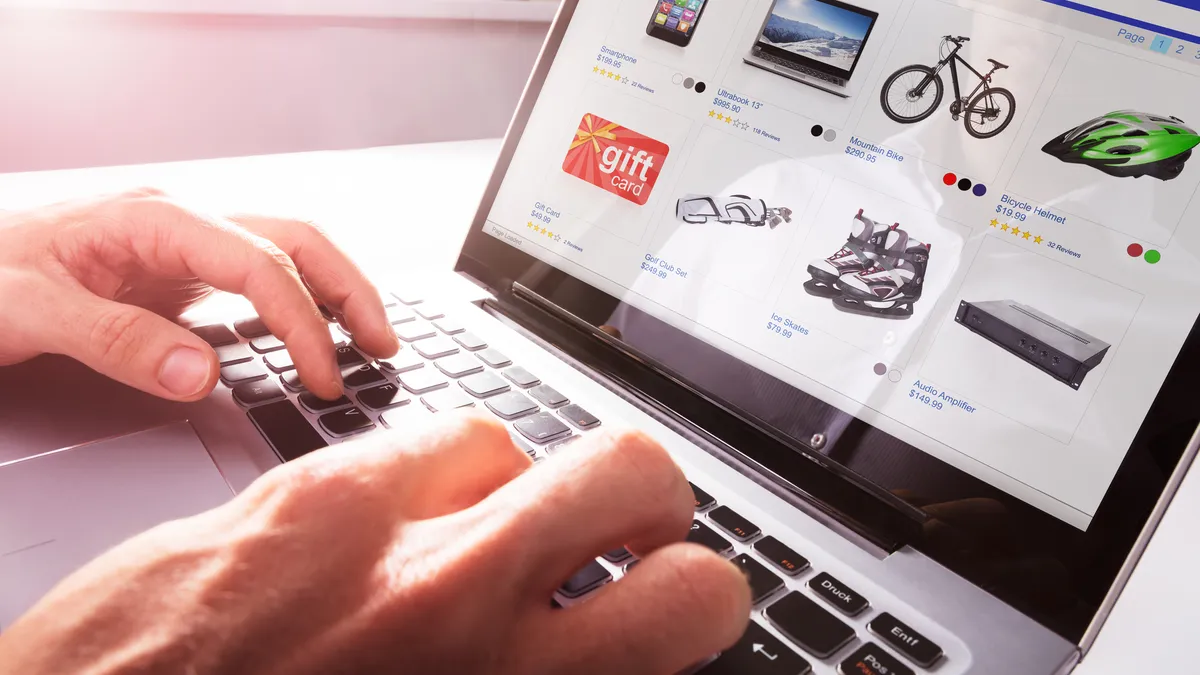Customer expectations for online and in-store shopping have blurred, creating a conundrum for companies.
Research has shown that customers visit stores for the experience, but most in-store journeys start online. This has a significant impact on what shoppers look for when shopping in-store — they want the benefits of in-person service matched with the quick and efficient shopping experience they have found online.
But too often there is a disconnect between what is available in store and online. It's on brands to meet customers' demands, no matter where they shop.
The Vitamin Shoppe embraces this challenge as a way to stand out from the competition, according to CIO Scott Devlin.
Health and wellbeing is a very personal journey, according to Devlin. Every shopper will go about researching and buying in their own way, whether online or in a store, for a single purchase or subscription enrollment — and they may change their approach along the way.
The Vitamin Shoppe recently completed a point-of-sale system upgrade that lets associates quickly bring up order history, loyalty status and product information the moment shoppers step into the store. The new system was built with an eye to the future, and the company is planning additional cross-channel capabilities in the coming months.
“What my team, in partnership with store operations, is really focused on is differentiating the customer experience in terms of making sure that there's a seamless, frictionless shopping experience that spans channels,” Devlin told CX Dive. “The customer can shop where, when and how they want.”
The Vitamin Shoppe’s strategy for a frictionless experience includes ensuring associates have the right information on hand, its loyalty program is transparent and easily accessible, and shoppers always have access to the widest variety of products.
Better experiences through information
The Vitamin Shoppe has installed two kinds of point-of-sale devices, created using Jumpmind software, at each store. The systems are designed to help associates deliver experiences tailored to individual customers.
This includes a pair of mobile iPads associates can carry with them as they greet customers by the door. Workers can use them to quickly learn about the customer’s loyalty status and previous transactions. They also have immediate access to product details.
“The idea there is, if we can identify you when you're walking in, we're going to be able to better serve you and say, ‘Hey, what can we help you find today?’” Devlin said.
Cashiers still have a more traditional POS at checkout, however, the new setup is designed to put more information in the hands of customers, Devlin said.
At the register, customers can find fixed iPads that let shoppers handle tasks like checking their status in the Healthy Awards loyalty program and redeeming available rewards without having to wait for an associate.
More than 4 in 5 The Vitamin Shoppe customers are loyalty members, so making point redemption easier is an important upgrade to the experience, Devlin said.
Composable commerce enables flexibility
The Vitamin Shoppe is building its technology on composable commerce, where it selects the best vendor for each job rather than choosing one or two to handle all of its needs, according to Devlin. This lets the company pick the best solution for customers at each touch point.
This approach can help the company pinpoint CX issues without needing to overhaul vast portions of its tech stack.
For instance, The Vitamin Shoppe recently overhauled its website’s search and navigation experience to make it easier for customers to quickly find items, according to Devlin.
The website was run on legacy technology, which made the update a massive undertaking. The retailer’s composable commerce strategy means future updates will take less work.
“You're able to choose the best solution partner for each thing that you do, and it's more like Legos as opposed to surgery to a monolith,” Devlin said. “In that example, search and navigation is a Lego. You can take that Lego off and put another one on, and it's a much easier project.”
The POS project had a strict deadline, and Devlin’s goal was to create a blank canvas for future upgrades.
“When I think about what we can do down the road, there's only so much information that the health enthusiast and the customer kind of has at their fingertips during that checkout process, but we have so much more data,” Devlin said. “How do we leverage that opportunity to put more information in front of both of them?”
The ability to swap technology in and out as needed could help the company prepare to capitalize on technology as soon as it becomes available, Devlin said. The POS system is designed to support further upgrades, including better in-store personalization for customers and more flexible ordering capabilities for associates.
Pursuing a seamless experience
One future goal for The Vitamin Shoppe's technology is to offer a truly omnichannel experience that lets customers seamlessly switch between digital and physical journeys.
For instance, a customer may start by browsing The Vitamin Shoppe’s app and add one or two items to their cart but decide they want some advice from a store associate, Devlin said. Ideally, an in-store associate is able to load the customer’s cart directly onto the in-store POS and offer advice based on their initial ideas.
An associate can use that information to direct the customer to the right products for their needs. Then, even if one item is in-store but the other is only sold online, the associate can ring the customer up for both purchases on the spot.
Ideally, customers could ultimately put multiple kinds of orders into a single transaction, according to Devlin. While he didn’t have a timeline for when the option could become available, the updated POS system could serve as the foundation.
“It's where, when and how,” Devlin said. “You started shopping online. You went to the store. There was that transition between the digital and the retail, but then the ultimate fulfillment of it was a combination of in-person, buy online, pick up in store, and then direct-to-consumer.”
Clarification: This story was updated to clarify Jumpmind’s contribution to The Vitamin Shoppe's POS devices.





















